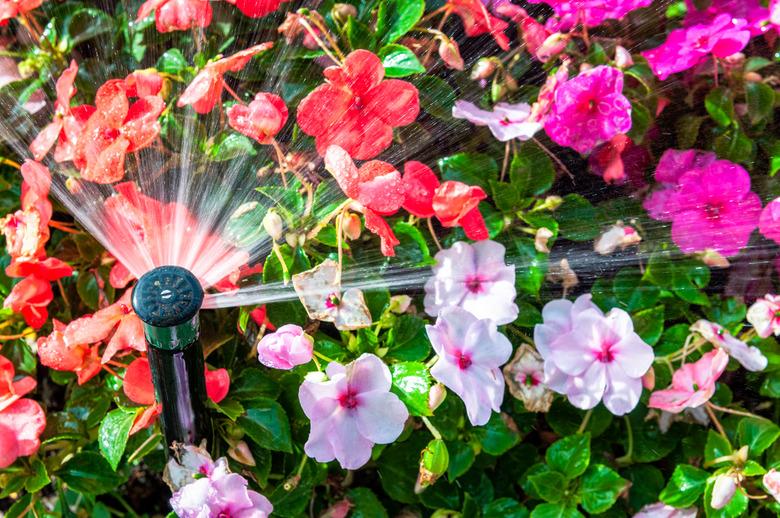How Deep Should You Bury Water Pipes?
The depth at which you should bury water pipes depends on your area, so there are two important research tasks to take on before you start to dig. First, call 811 to find out where any existing utility pipes are already buried underground so you don't damage or puncture a pipe. Next, determine the frost depth in your area because this is the key bit of information that will inform the depth you need for your water lines. Frost depths differ widely, so don't just settle on a broad-range map; instead, drill down into your research to get the frost depth for your particular location.
Tip
Water pipes must be buried deep enough to avoid freezing. This depth varies depending on your location.
Call Before You Dig
The number "811" is a national toll-free number created by Congress to protect underground utilities from damage. Homeowners are required by law in all 50 states to call 811 before digging for any reason, whether to plant a tree, bury water pipes, install a fence, or repair a water line. This service will send professional line locators to the site to mark the paths of underground utilities.
Finding Your Frost Depth
The frost line or frost depth is the deepest point in your soil at which water will freeze. Obviously, you want to avoid having your water pipes freeze, so this level will be the single determining factor in regard to how deep you should bury your water lines. Freezing water expands 9 percent in volume from its liquid counterpart, so a burst pipe is the likely result of burying your lines too shallowly.
The National Snow & Ice Data Center maintains a map that approximates the frost depth for large swaths of the United States. Frost depth ranges from just 6 inches in the South and West to as much as 72 inches in the Northeast. The provided map is an approximation, and the actual frost depth varies depending on your local climate, type of soil, elevation, and terrain.
Other websites and organizations maintain more detailed maps. For instance, Hammerpedia, a plumbing site, provides more detail for some areas. If you cannot locate your area's frost depth using online resources, the best option is to contact a local professional or your city planning department for guidance.
Burying Water Supply Line Pipes
Once you have the frost depth in your area and you've called 811 to ensure that you can avoid digging into an existing underground pipe, it's time to start digging. The actual location of your underground pipes should be 12 inches below the frost line. This level may be more specifically defined by your local building codes or even by a homeowners' association, which might dictate the location of water lines in your neighborhood.
Some experts recommend that even in areas with shallow frost lines, you should still bury a water pipe no less than 24 inches below the soil level if it's in a high-traffic area.
Burying Sprinkler Pipes
When installing sprinkler water lines, the recommended depth is about 8 inches below the surface because sprinkler water pipes do not need to be buried below the frost line. Instead, when the weather turns cold and you no longer need to irrigate, drain the pipes. Your sprinkler system should have either a manual drain valve or an automatic valve. If you are in doubt about how to drain your system, contact a professional.
References
- National Snow & Ice Data Center: Where Is Frozen Ground?
- National Weather Service: Frost Depth
- Hammerpedia: Frost Line Penetration Map in the U.S.
- Common Ground Alliance: Know What's Below. Call Before You Dig.
- United States Plastic Corporation: Can PVC and CPVC Pipe Be Installed Underground? How Deep Does It Have To Be Buried?
